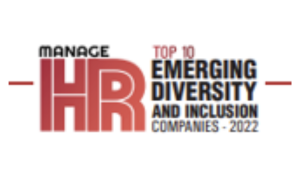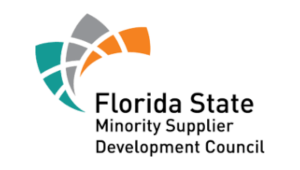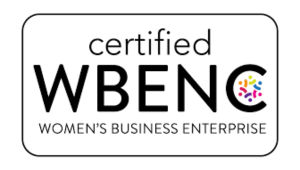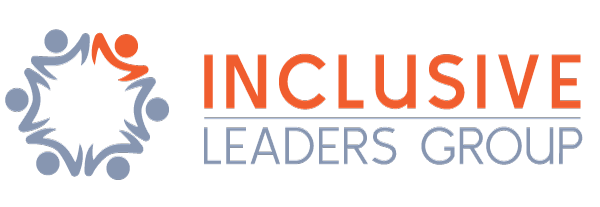In late May 2021, Amazon took the step to shut down a construction site in Connecticut after a seventh noose was found. Local and state police, and the FBI, are treating the incidents as potential hate crimes.
There is a renewed focus on racial disparities in society and the workplace since George Floyd was killed while in police custody on May 25, 2020. His death ignited protests around the world over how people of color are treated by the police.
In April 2021, the former Minneapolis Police officer who knelt on George Floyd’s neck for more than 9 minutes last year was found guilty of all three charges against him. Derek Chauvin, 45, was convicted of second-degree unintentional murder, third-degree murder and second-degree manslaughter. The jurors deliberated for more than 10 hours over two days before coming to their decision in one of the most consequential trials of the Black Lives Matter era.
So, your company wants you to talk about race? You are not alone. Over the past year, countless companies have spoken out publicly against racism and other injustices after the murder of George Floyd- and Breonna Taylor, Ahmaud Arbery, and Rayshard Brooks – and the racist encounter between Amy Cooper and Christian Cooper (no relation) in Central Park.
A panel of experts examined race relations and fostering more inclusive workplaces during a webinar last year co-sponsored by the Society for Human Resource Management (SHRM) and the Association of Corporate Counsel (ACC). The webcast was moderated by Veta Richardson, president and CEO of the ACC the presentation, “A New Understanding of Workplace Diversity and Inclusion,” is now available for on-demand viewing.
Companies Must Address Race at a Systemic Level
If reading is your thing rather than webinars, one of my favorite sources is Harvard Business Review (HBR). Its articles about equity, diversity and inclusion are well-researched, current, and forward-looking. I recommend HBR’s Confronting Racism at Work Reading List.
A couple of points regarding dealing with race at the workplace, standout to me from my HBR reading:
- Companies must confront racism at a systemic level — addressing everything from the structural and social mechanics of their own organizations to the role they play in the economy at large. There are proven ways to improve hiring programs, interrupt bias at the team level, abandon or repair supposedly “color-blind” analytics, and support employees of color — especially Black employees.
- There’s much work to do on a personal level, too. White leaders and employees must learn to really listen to their colleagues, to recognize their own biases, histories, and everyday actions in a new light. They must understand that being vocal about race, diversity, and inclusion is their own responsibility — not the job of their Black or brown colleagues.
Discussions on Race Aren’t For Amateurs (Or Cultures That Aren’t Inclusive)
In June 2020 LinkedIn infamously hosted a town hall about racial justice in the wake of the police killing of George Floyd. The forum was supposed to be an opportunity for employees to come together and discuss how they could support one another. Instead, the conversation turned suddenly hostile, as people used the video chat’s anonymous commenting feature to defend racist sentiments and question the efficacy of the protests. The comments were first reported by The Daily Beast.
Damaging audio recordings emerged of LinkedIn’s disastrous town hall on race and LinkedIn’s newly appointed chief executive Ryan Roslansky, condemned the “offensive” comments that anonymous employees made against minorities in a virtual town hall meeting meant to address systemic racism in the workplace.
How to have more productive conversations about race in the workplace
Inclusive Leaders Group (ILG) knows that it can feel hard to talk about racial inequality, but they add value for your business, and the ILG client consulting team can facilitates productive challenging conversations. With our support, your employees can engage in conversation specifically to address current events that are highlighting racial inequality and trauma in America, including virtual employee town halls, virtual executive coaching, and expertly facilitated “difficult conversations” on challenging topics.
BRAVE: A 5-part framework for talking about racism at work
The BRAVE acronym offers a starting point for conversations about race and racism at work. “Many people don’t know how to talk about race or racism at work,” said Enrica Ruggs, an assistant professor of management at the University of Memphis, during a recent MIT Sloan Management Review webinar on conversations about race. Ruggs is also director of the PSI Center for Workplace Diversity and Inclusion.
Ruggs and Derek Avery, the C.T. Bauer Chair of Inclusive Leadership at the University of Houston, explored how to discuss the complex and urgent issues of race while in the workplace. And though the webinar focused explicitly about Black-white race relations, the ideas can apply when considering other groups that experience discrimination, including LGBTQ inclusion and Mental Health as a diversity matter.
To collaborate and design a custom conversation using the BRAVE framework about; Race in the Workplace, White Privilege, Allyship & Belonging, or other DEI topic, please Contact Us.








